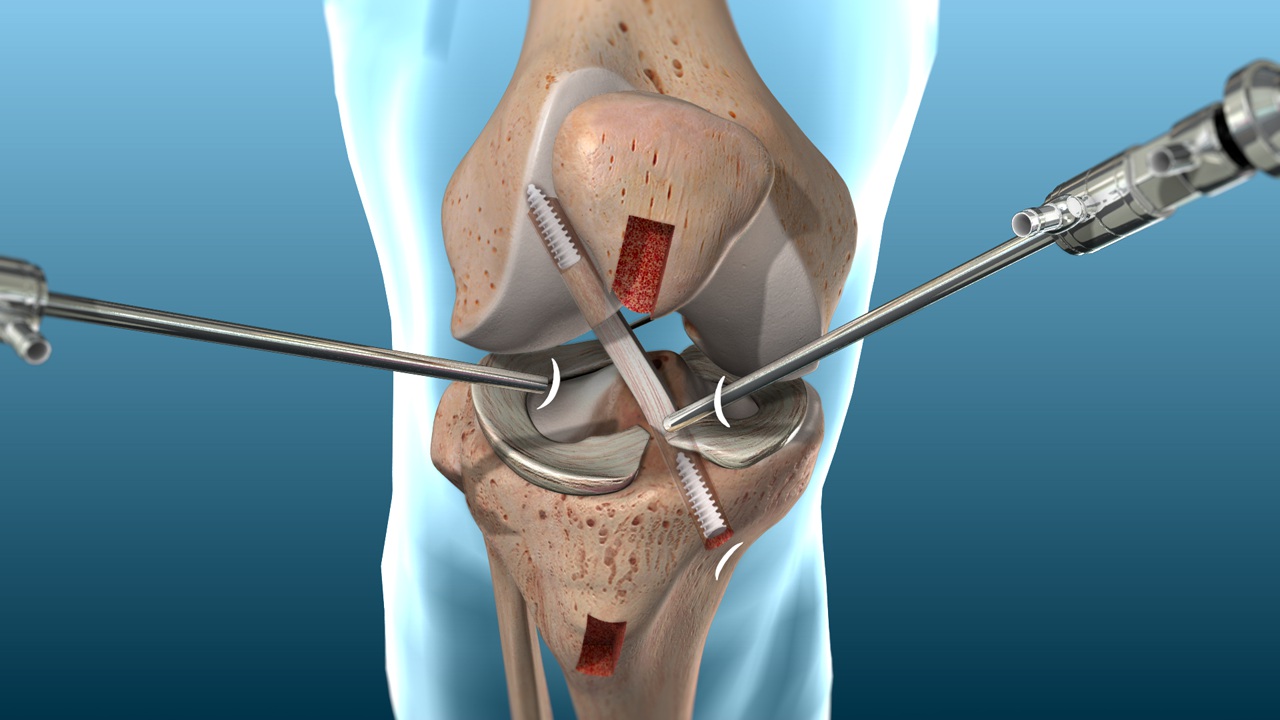ACL Tears: Do They Always Require Surgery?
By Nick Mazzone PT, DPT, CSCS
What is the ACL?
The anterior cruciate ligament (ACL) is a crucial stabilizing structure at the knee joint. When intact, it will prevent the lower leg (tibia) from moving forward on the thigh bone (femur). The ACL is commonly torn in athletes and may require surgical intervention in order to repair it. This structure does not heal on its own mainly due to its poor blood supply and twisted structure of collagen fibers. This twisted structure leads to frayed ends and therefore, cannot heal without assistance (surgery in this case).
How does someone typically tear their ACL?
ACL tears typically occur while the foot is planted and the femur twists over the tibia (or vice versa). Sometimes this happens because an athlete’s footwear gets caught on a grass surface, for instance. An ACL tear may also occur when an athlete lands on a straight knee on a hard surface such as a basketball court.
Can surgery be avoided?
Surgery is not necessary in all cases of an ACL tear. It would be highly suggested that an athlete who plans on returning to that same level of function receive surgical treatment to ensure that they return to their sport at the same level they were at before they got injured. For a person who tore their ACL but does not plan to partake in athletics or any activities that would require high level stability of the knee, a thorough and specific rehab program can help them return to their normal activities.
What might a non-surgical ACL rehab protocol consist of?
In the early stages, it is important to address the swelling and help strengthen the muscles around the knee in a gentle way in order to help normalize muscle activation patterns (acute swelling tends to turn these muscles off!). Once these issues have improved, we can move on to more functional exercises. A program aimed at rehabilitating someone after a torn ACL must address the limitation in the knee that is now missing one of its major stabilizing structures. While we no longer have the static stability that the ACL was providing to the knee, we can absolutely improve its dynamic stability by targeting the muscles around the knee joint. It is important to ensure that we are strengthening the hamstrings since they will act to prevent the forward movement of the tibia on the femur (which is one of the main functions of the ACL!). We must also ensure that we are challenging the stability of the knee in functional positions. This will teach the muscles around the knee joint to act together to keep the knee joint stable (co-contraction).
Check out this video that shows 3 simple exercises to help normalize the knee after a torn ACL that did not require surgery:
Click here for more information about physical therapy for ACL injuries or call 1-718-258-3300
Nick Mazzone received his Doctorate in Physical Therapy from Stony Brook University. He has a strong background in strength and conditioning and aims to bridge the gap between strength training and physical therapy. Nick believes that a lifestyle centered around physical fitness and mental well-being are vital to one’s successes and happiness. For this reason, he educates his patients on pain science and helps empower them and motivate them to reach their goals every day. You can find him at Evolve Physical Therapy in Mill Basin, Brooklyn, NY. To view some of his other content, visit drnickmazzonedpt.wordpress.com.
Resources:
Main Photo retrieved from http://www.stack.com/a/a-new-type-of-acl-surgery-could-have-athletes-back-on-the-field-faster-than-ever
Photo of ACL tear retrieved from https://www.reddit.com/r/nba/comments/2ws4zu/science_and_the_nba_digging_in_to_the_anatomy_of/
Photo of twisting of knee retrieved from https://www.parisischool.com/acl-what-why-and-how/
Photo of ACL repair retrieved from https://www.mocnyc.com/acl-reconstruction/
Photo of squat on bosu ball retrieved from http://www.ctialatest.org/lab/lab-equipment-diagram






